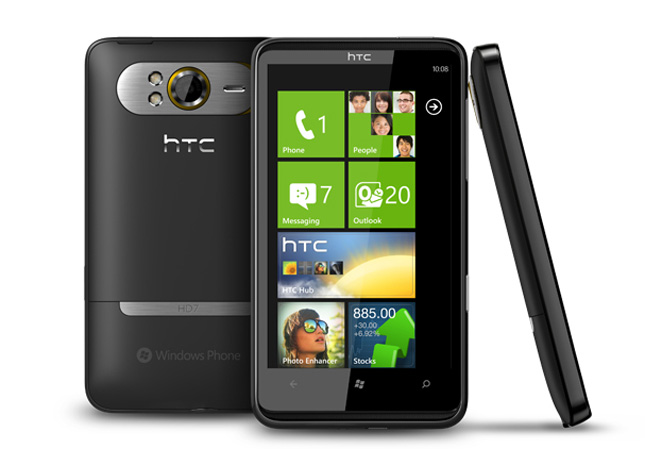 HTC has issued a response to the “antennae gate” crisis brewing over its recently released HD7 smartphone, Computer Weekly reports. And what we are hearing so far sounds an awful like what we heard from Apple back in July after complaints began surfacing of a similar issue with the iPhone 4.
HTC has issued a response to the “antennae gate” crisis brewing over its recently released HD7 smartphone, Computer Weekly reports. And what we are hearing so far sounds an awful like what we heard from Apple back in July after complaints began surfacing of a similar issue with the iPhone 4.
HTC was prompted to speak up after videos began appearing on YouTube showing HD7 phones losing signal strength when held in a certain way – the videos appear to show the signals weakening when the phones’ bottom portions are covered. Here’s HTC’s response to Computer Weekly:
Quality in industrial design is of key importance to HTC. To ensure the best possible signal strength, antennas are placed in the area least likely to be covered by a person’s face or hands while the phone is in use. However, it is inevitable that a phone’s signal strength will weaken a little when covered in its entirety by a user’s palm or fingers. We test all of our phones extensively and are confident that under normal circumstances reception strength and performance will be more than sufficient for the operation of the phone when network coverage is also adequate.
Apple’s iPhone 4 “antennae gate” resulted in Consumer Reports withdrawing its endorsement of the phone and Apple eventually having to issue free iPhone 4 cases to mitigate the signal loss. Steve Jobs, at the time, indicated that reception vulnerabilities are common among smartphones made by other companies. That remark prompted more than few responses from the industry including one from HTC’s CFO, Hui-Meng Cheng. “The reception problems are certainly not common among smartphones,” he said back in July. “[Apple] apparently didn’t give operators enough time to test the phone.”
For now it looks like Apple might have earned a little vindication. No word yet from HTC if it plans to take any measures to fix the problem.


